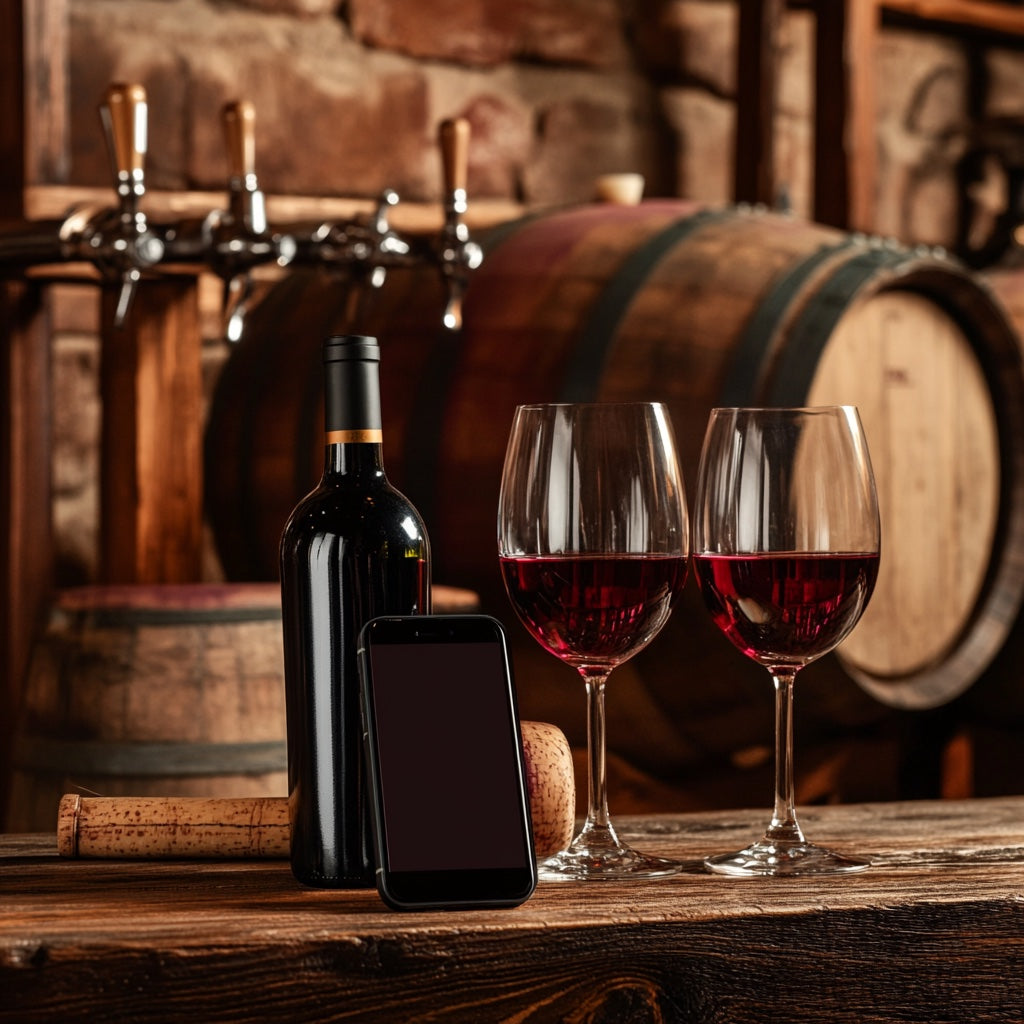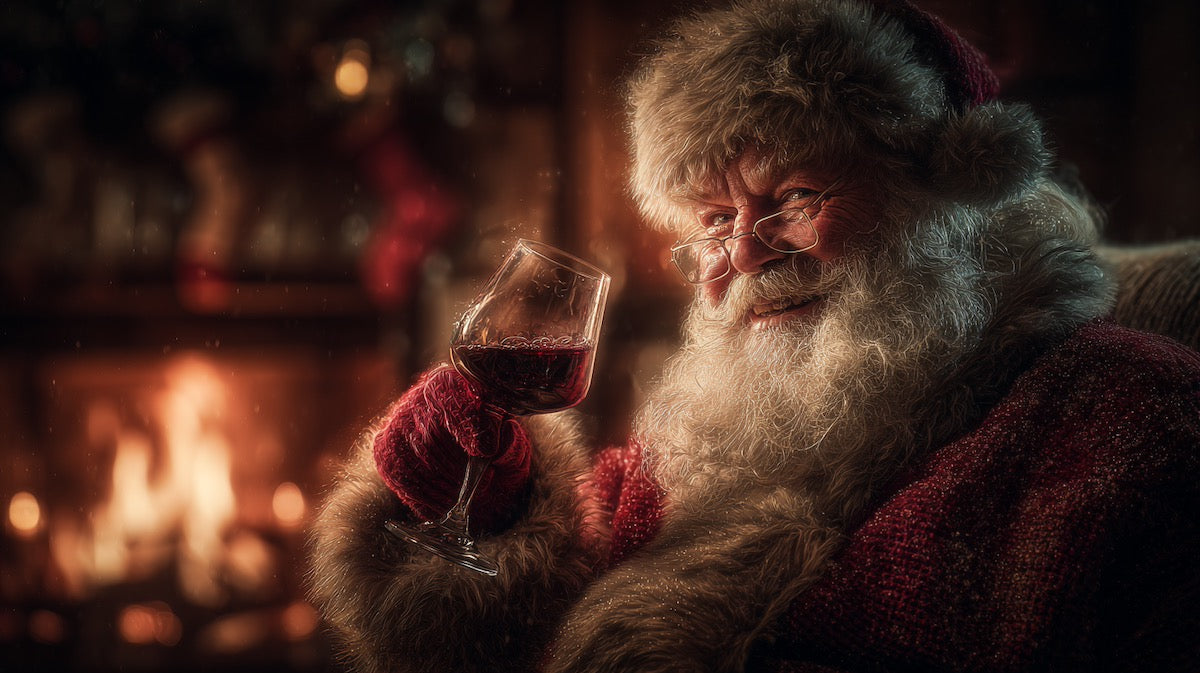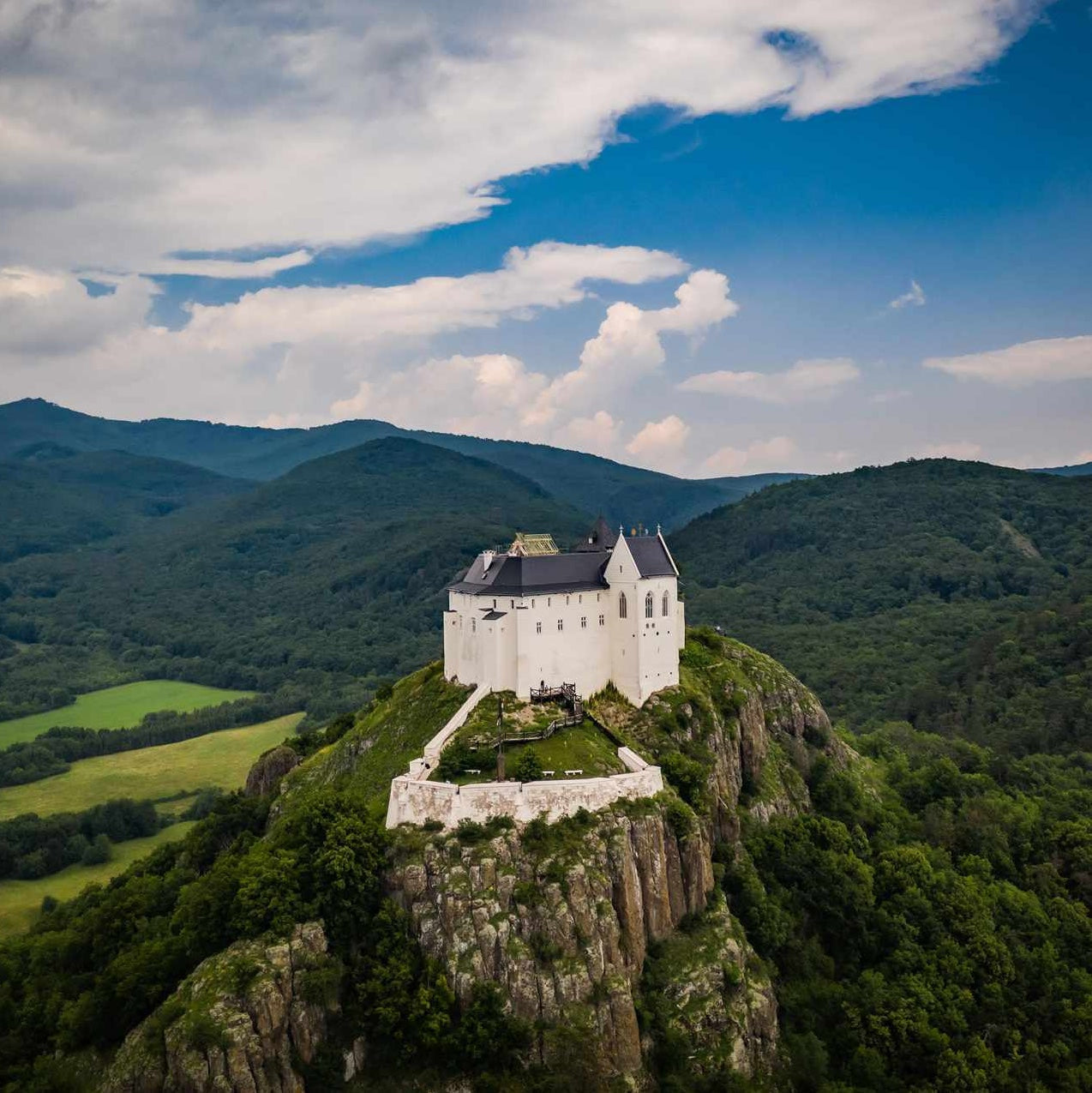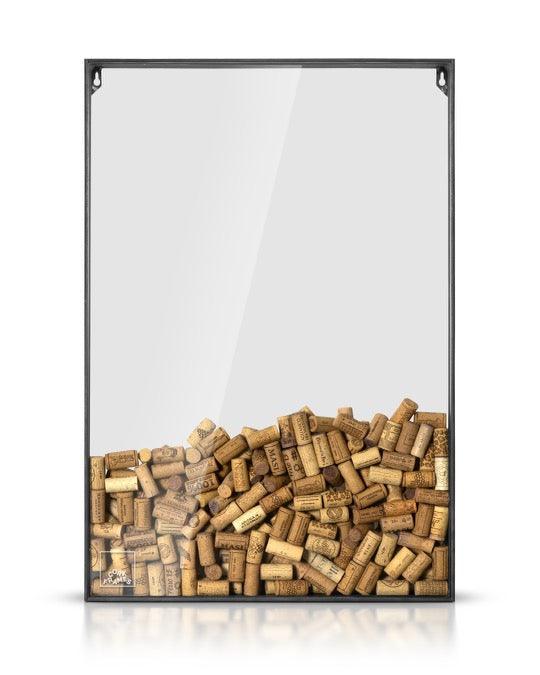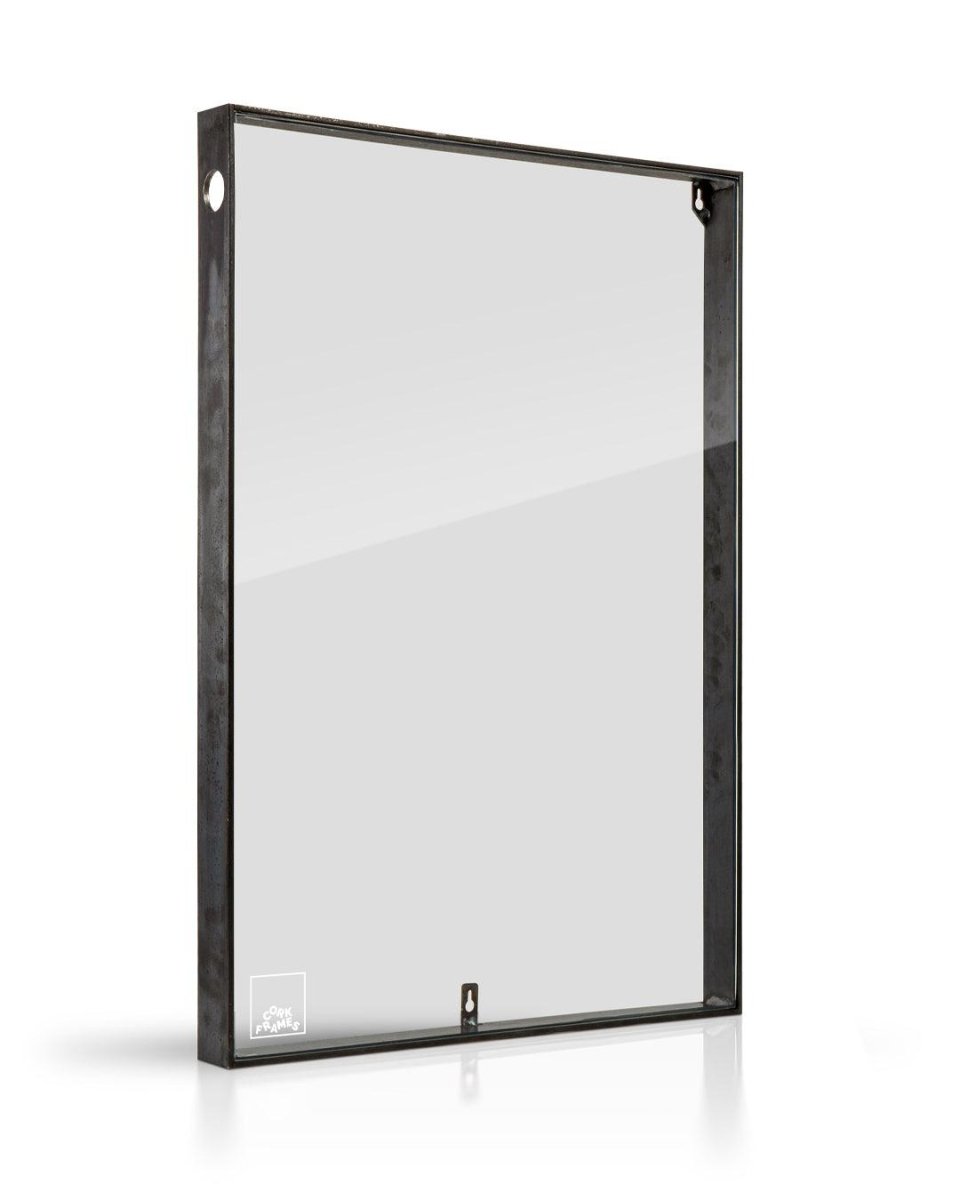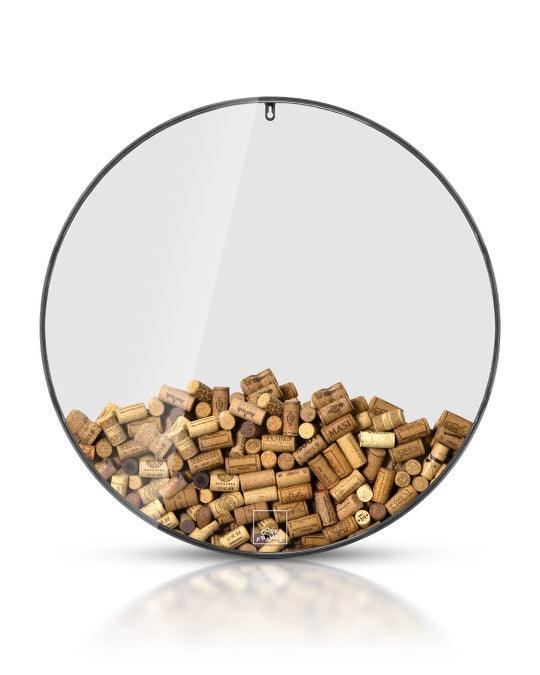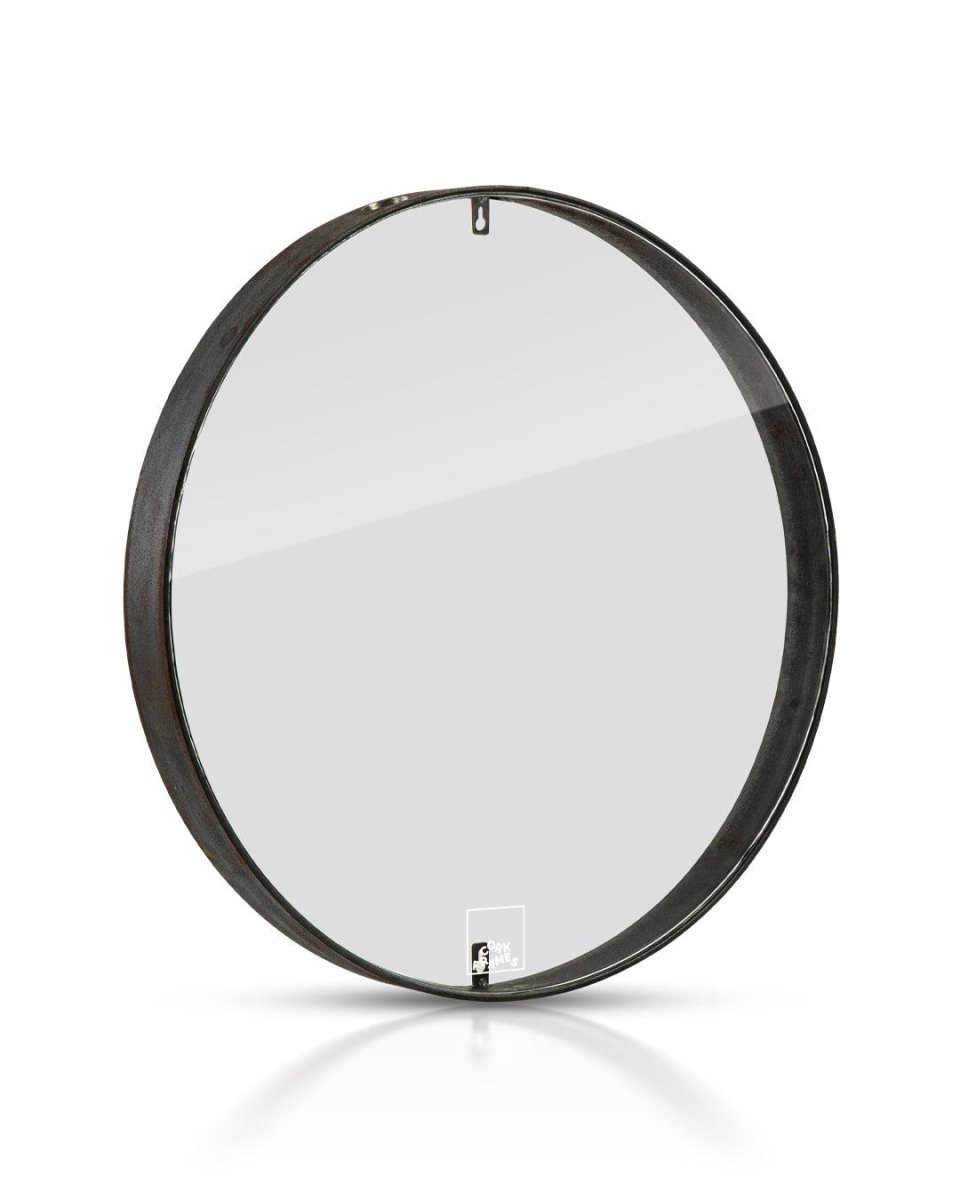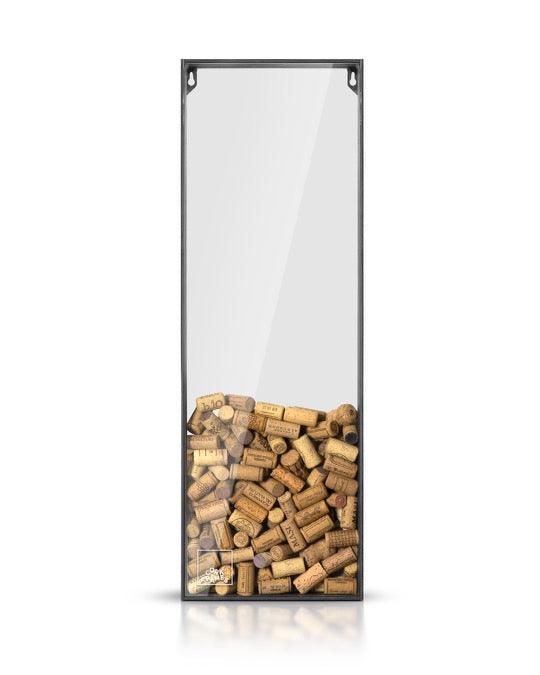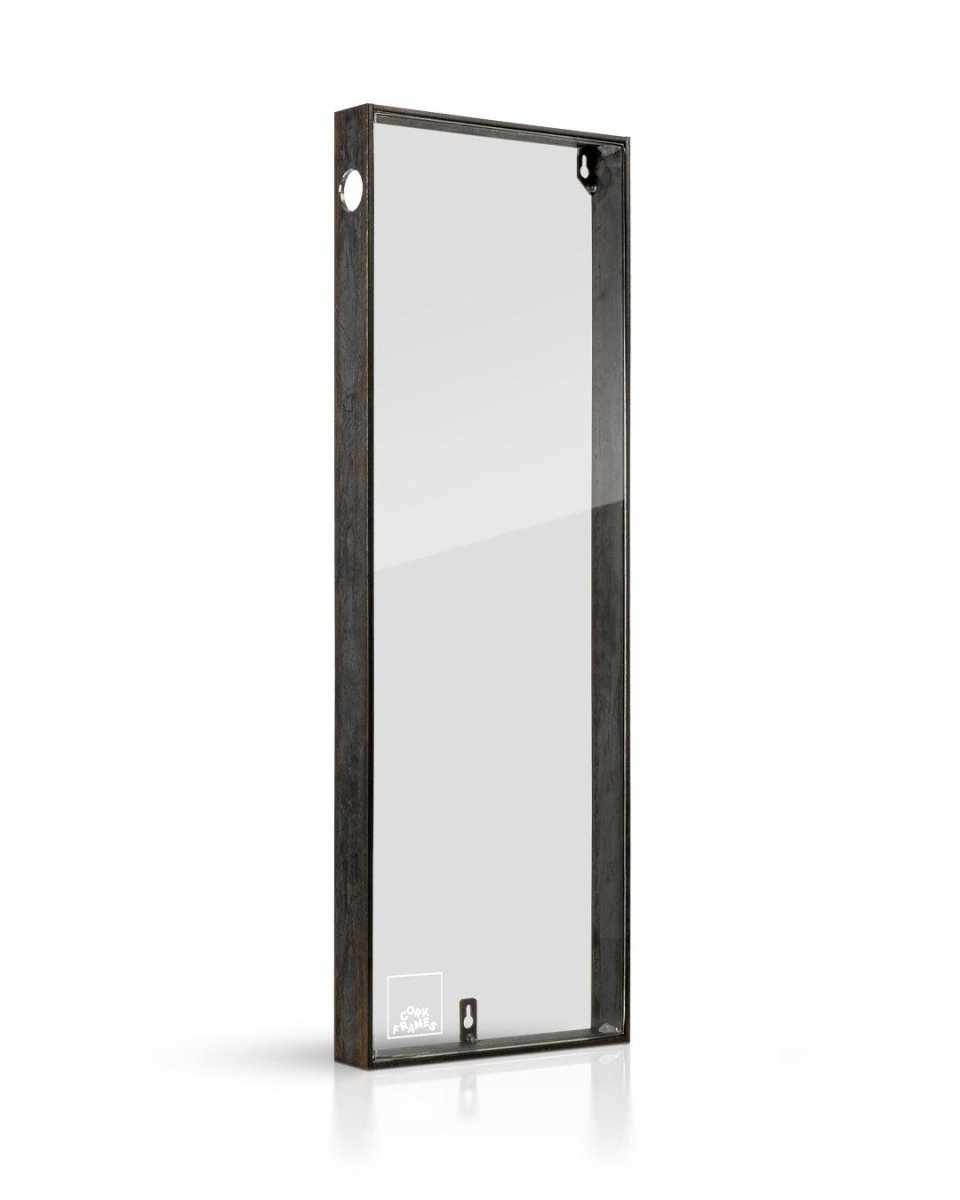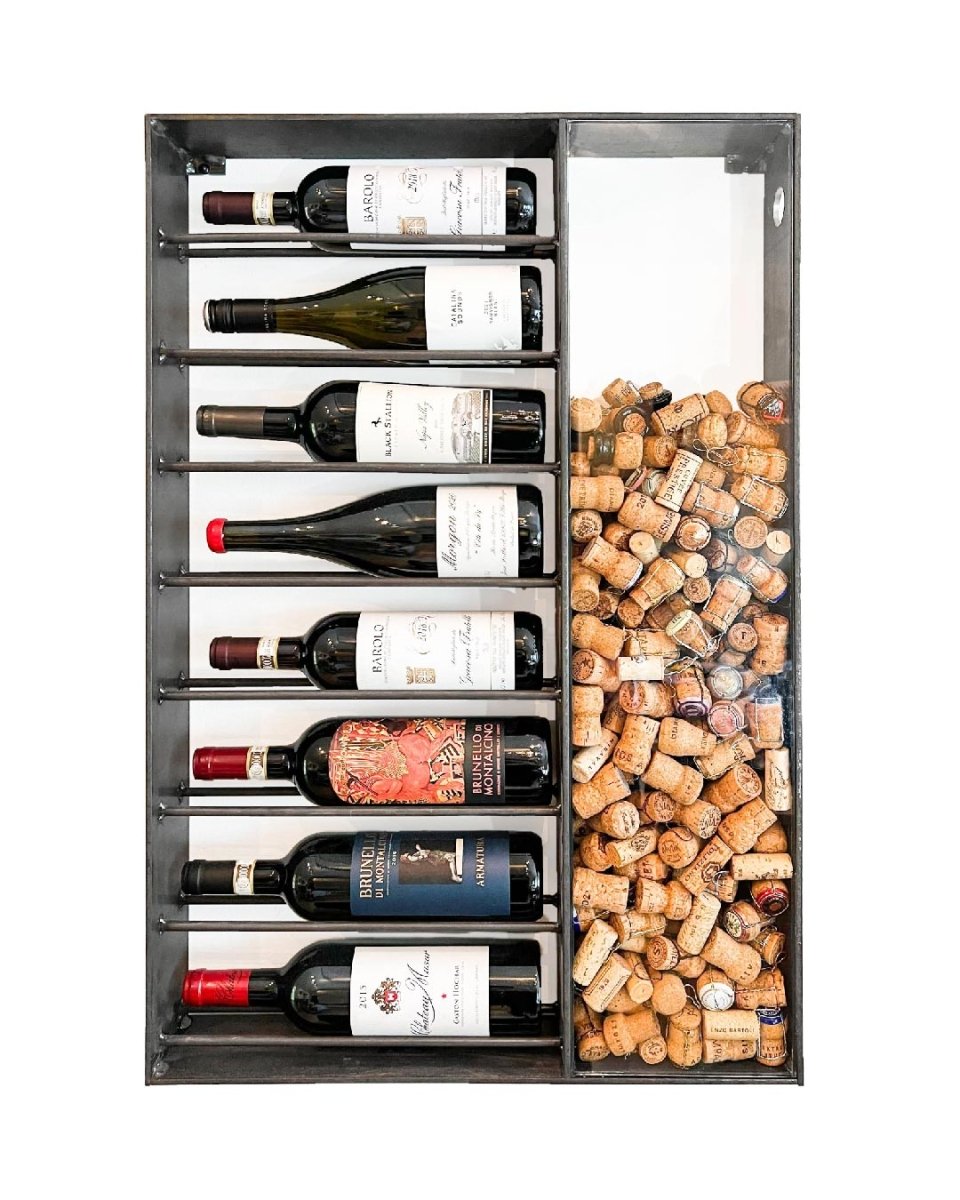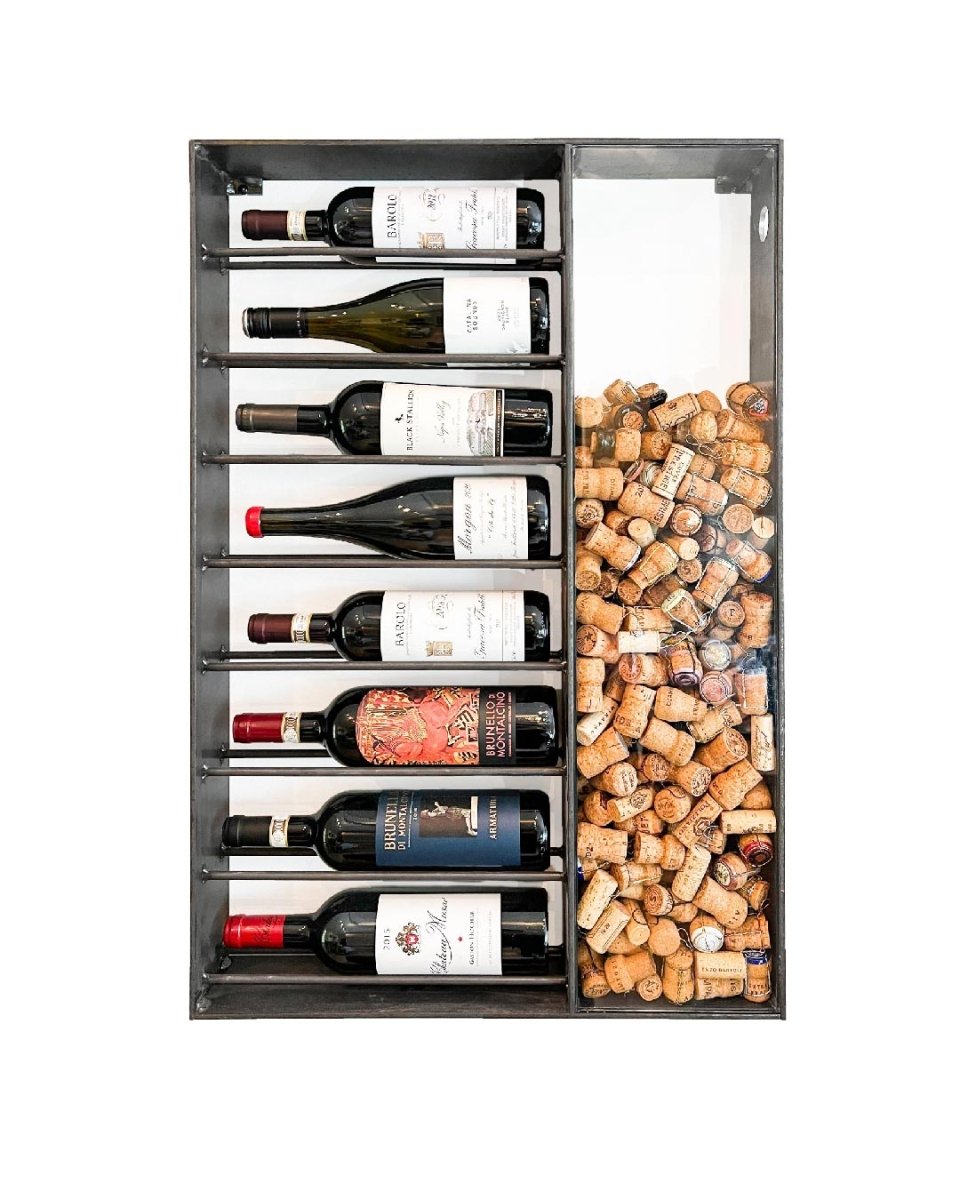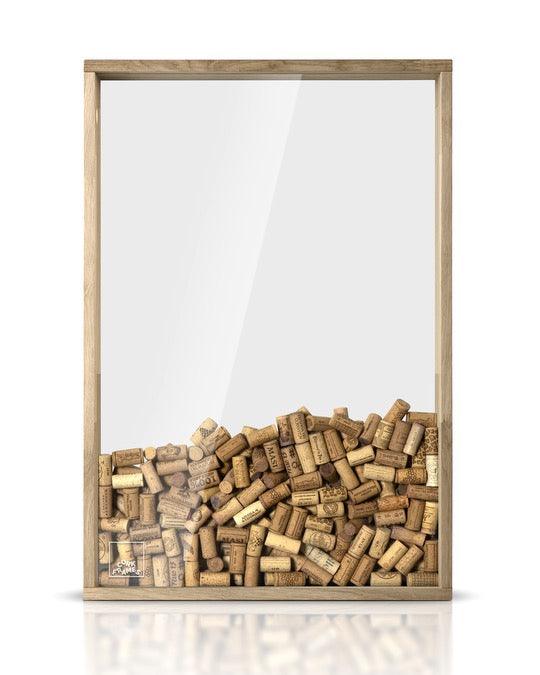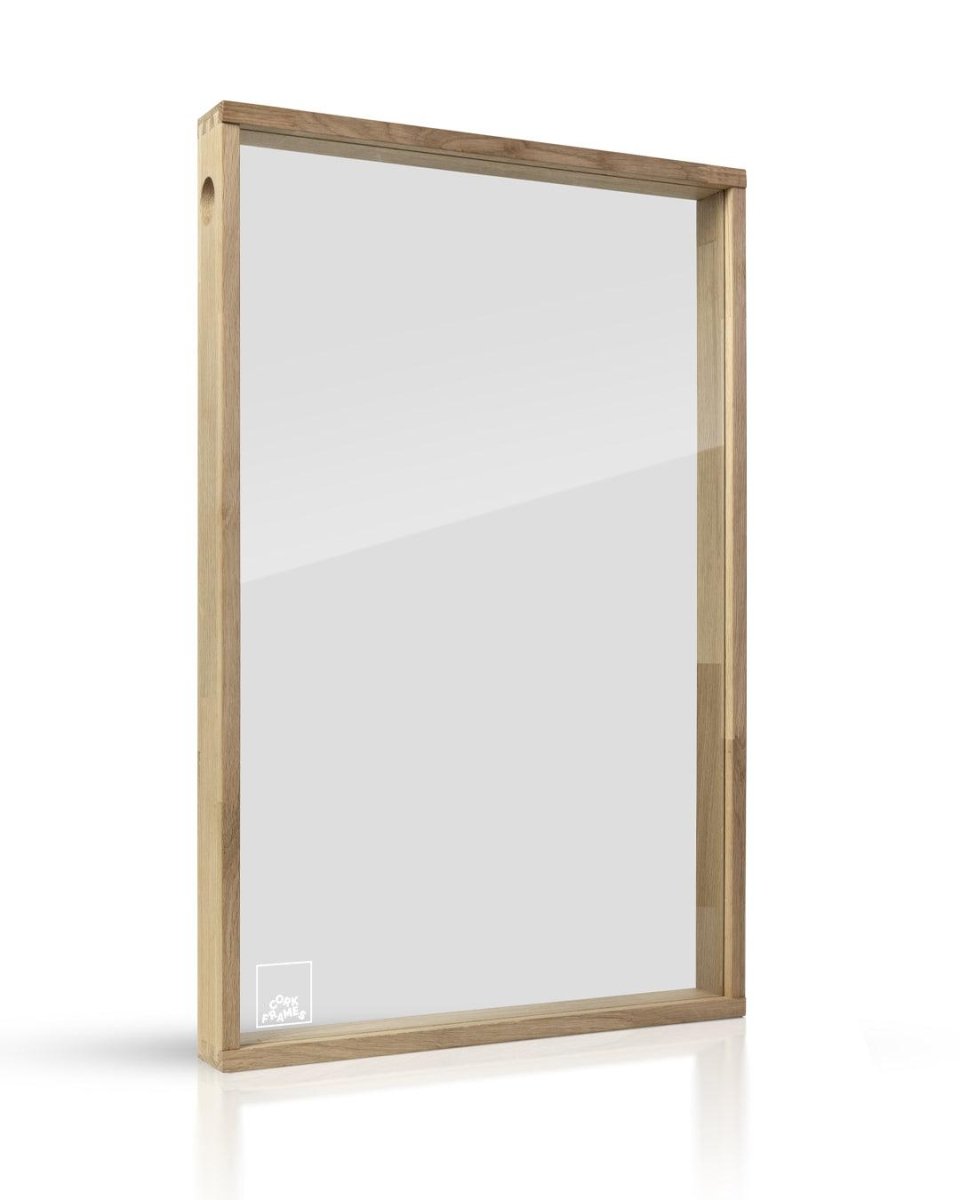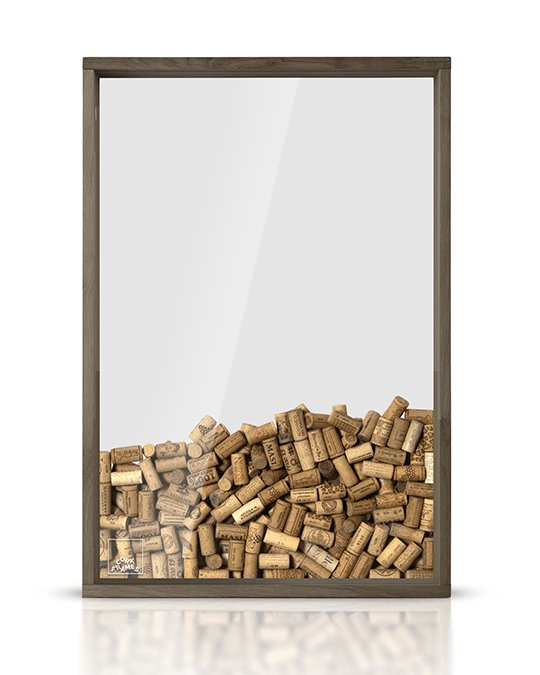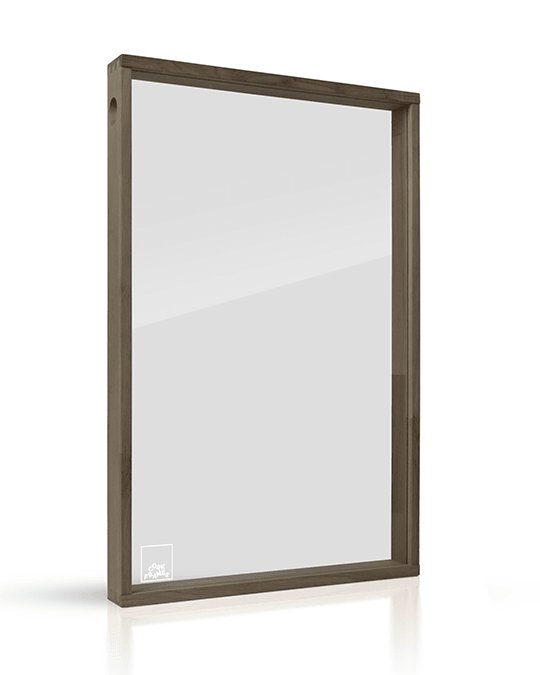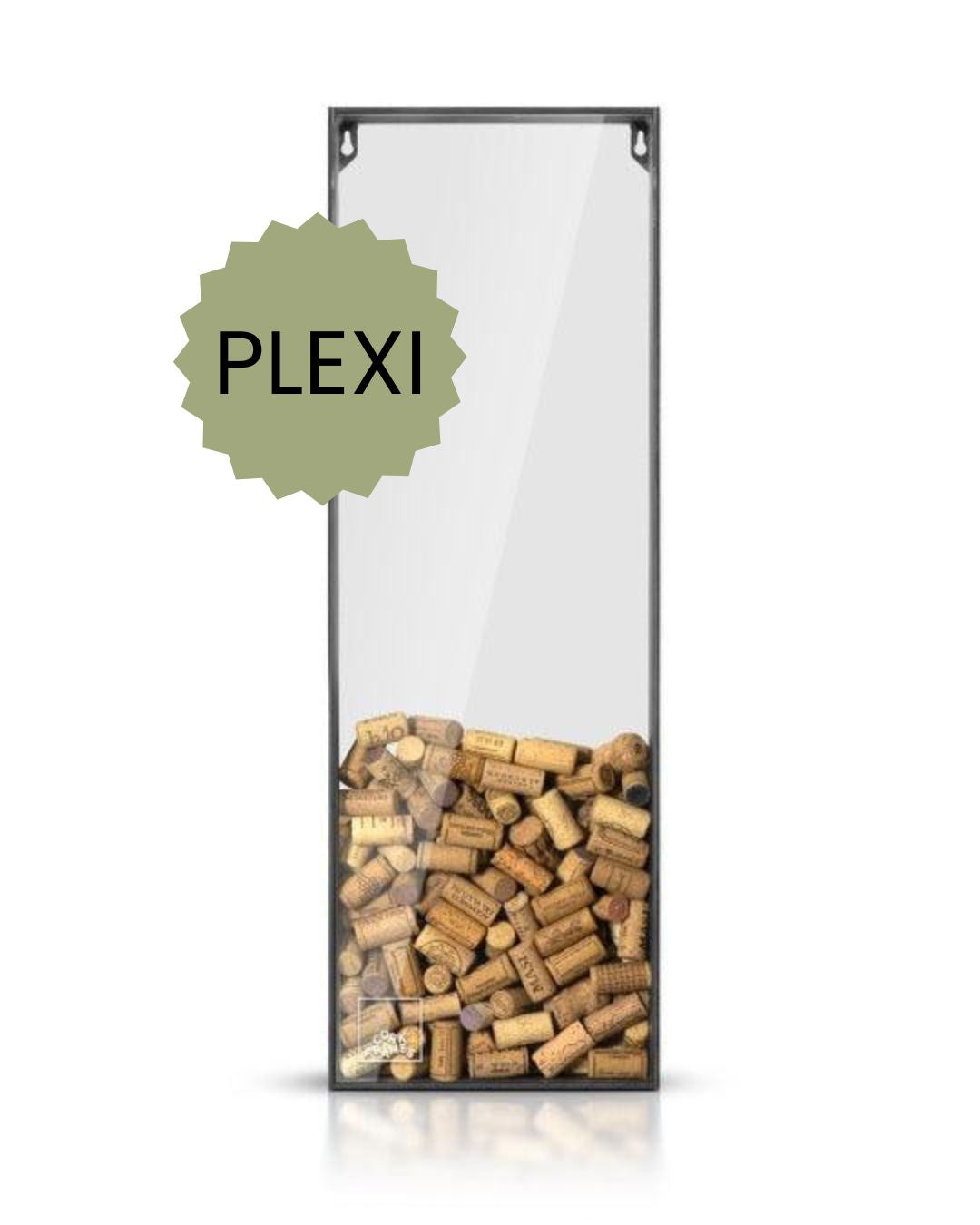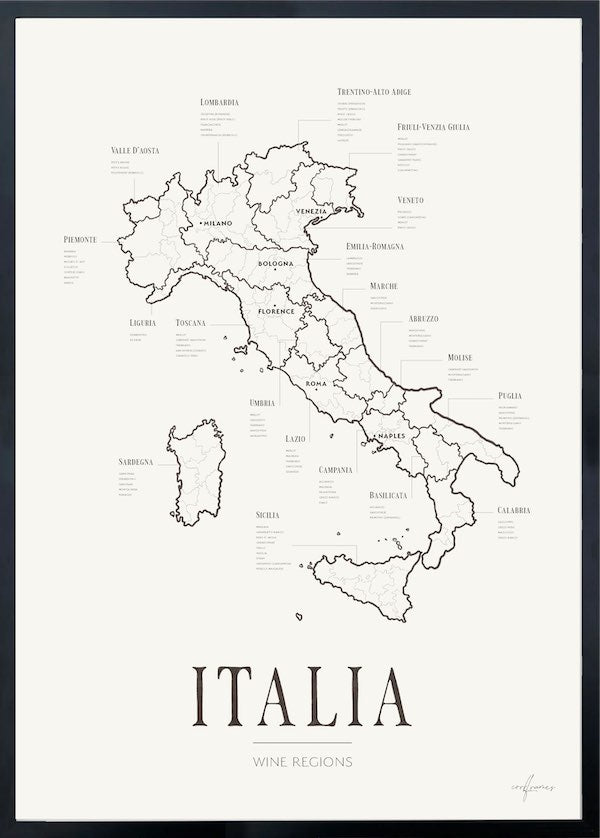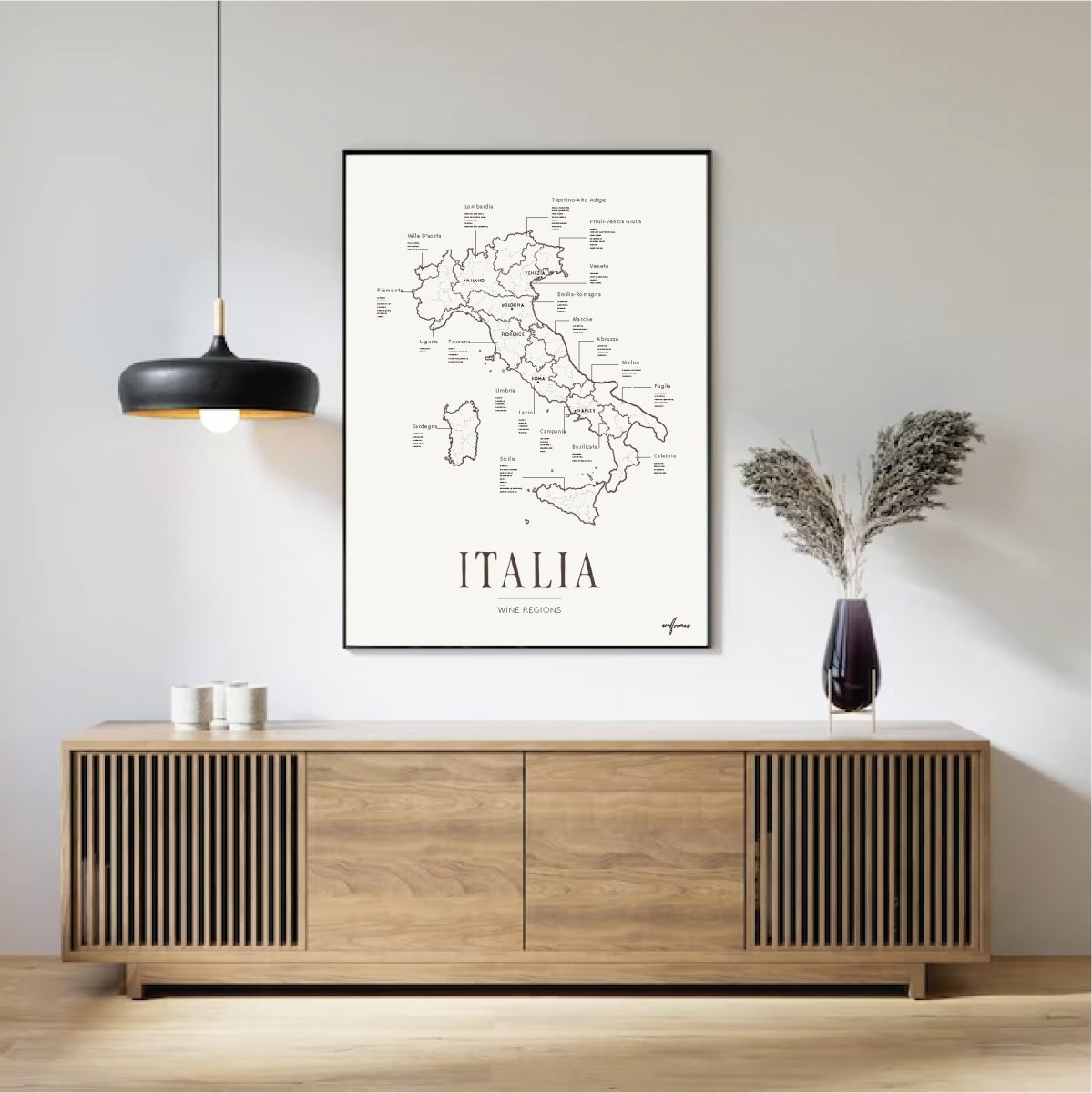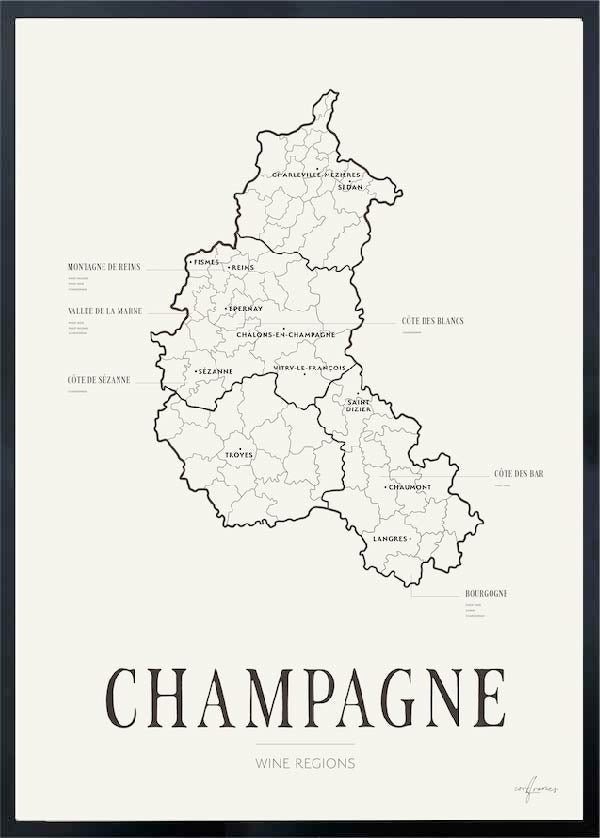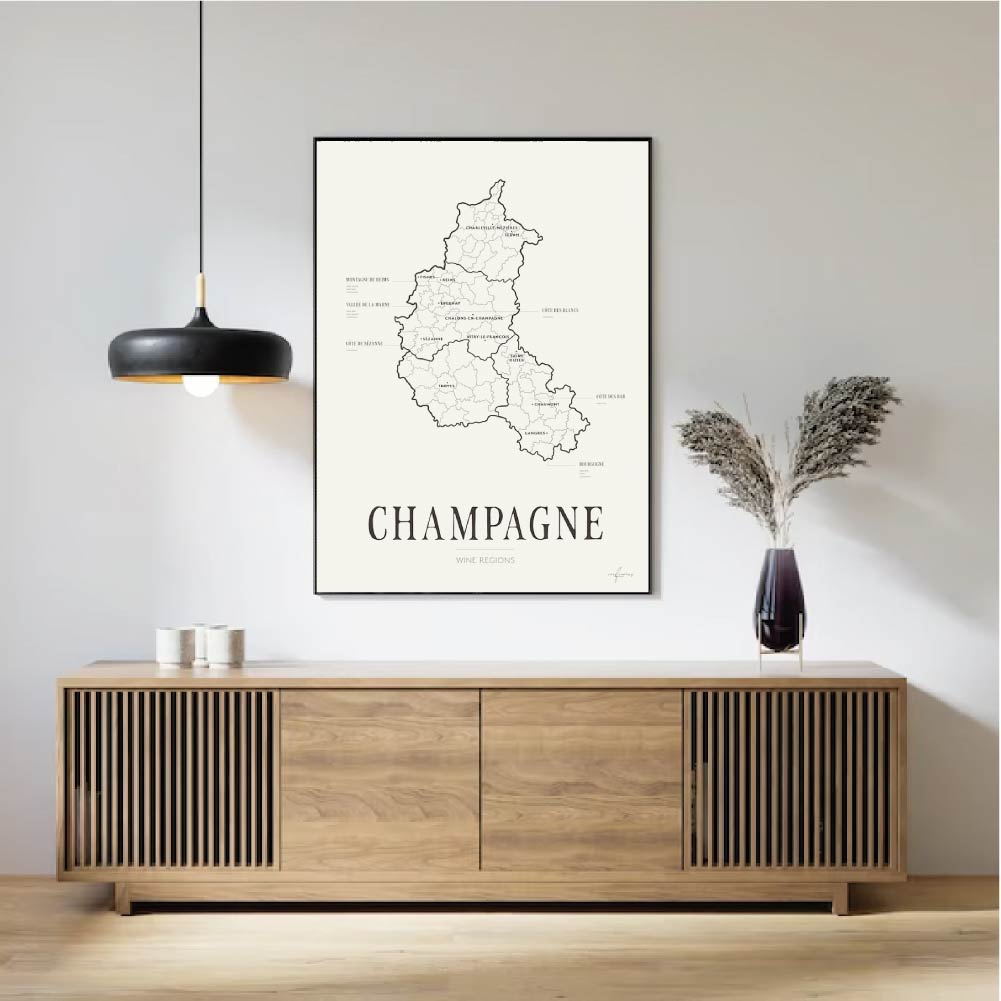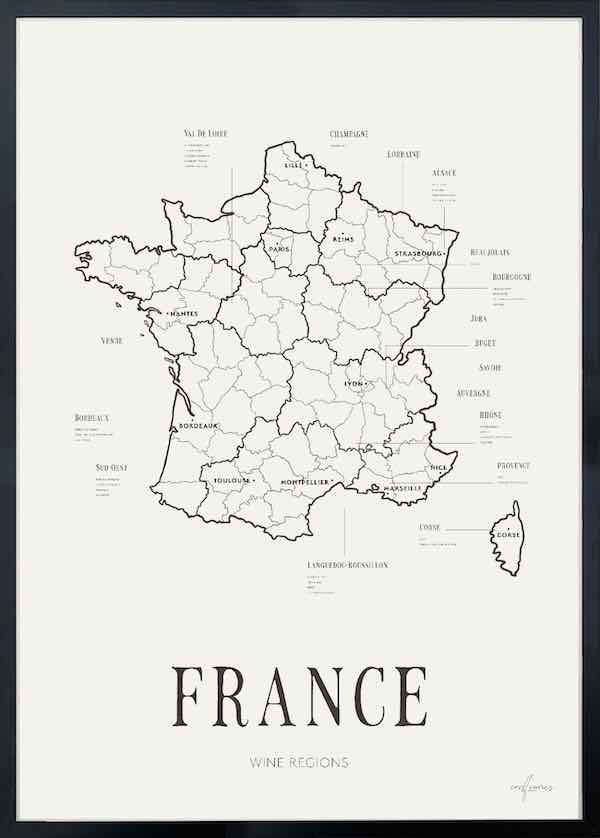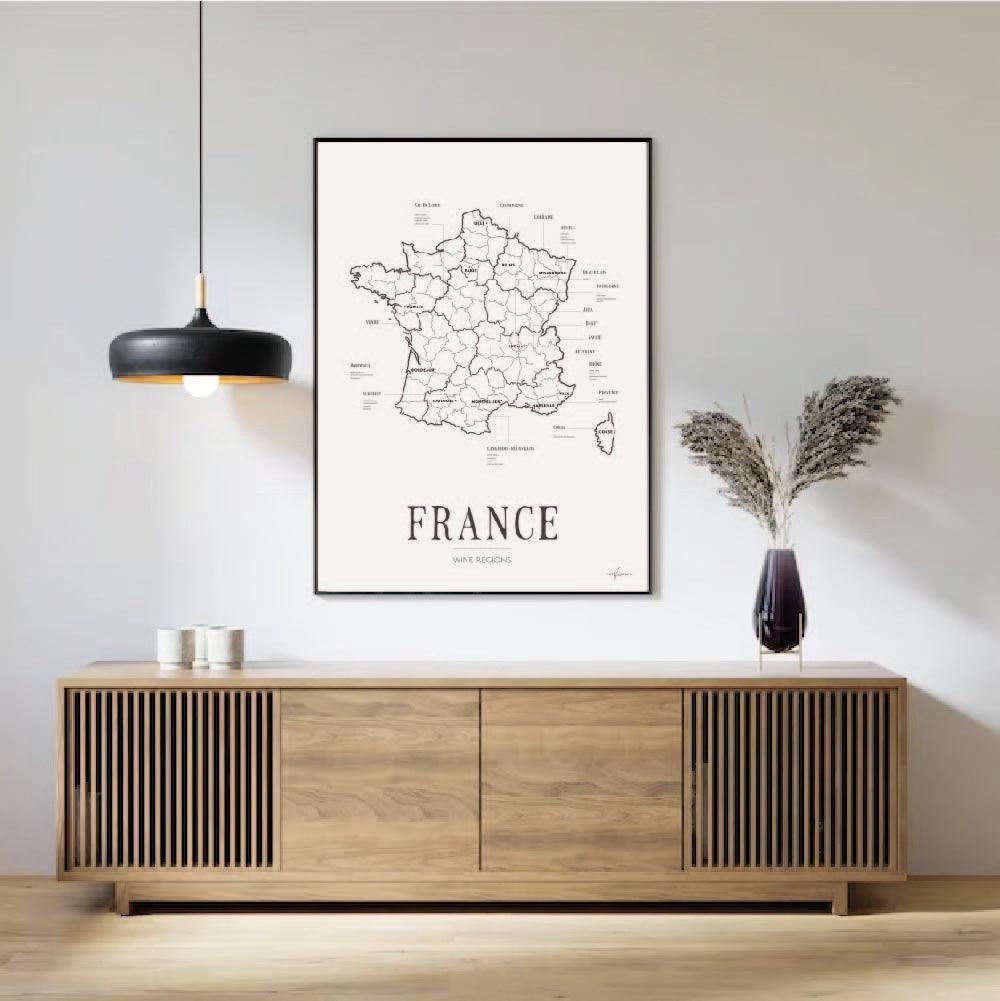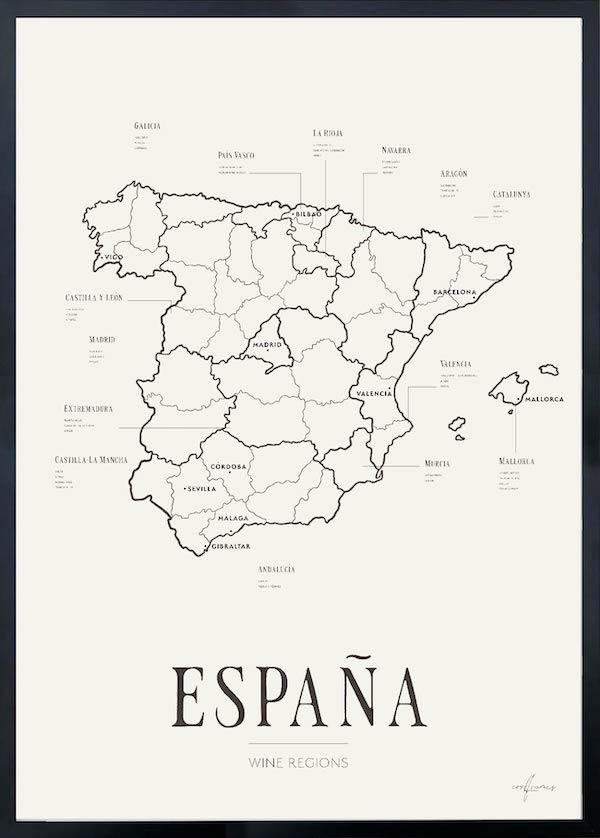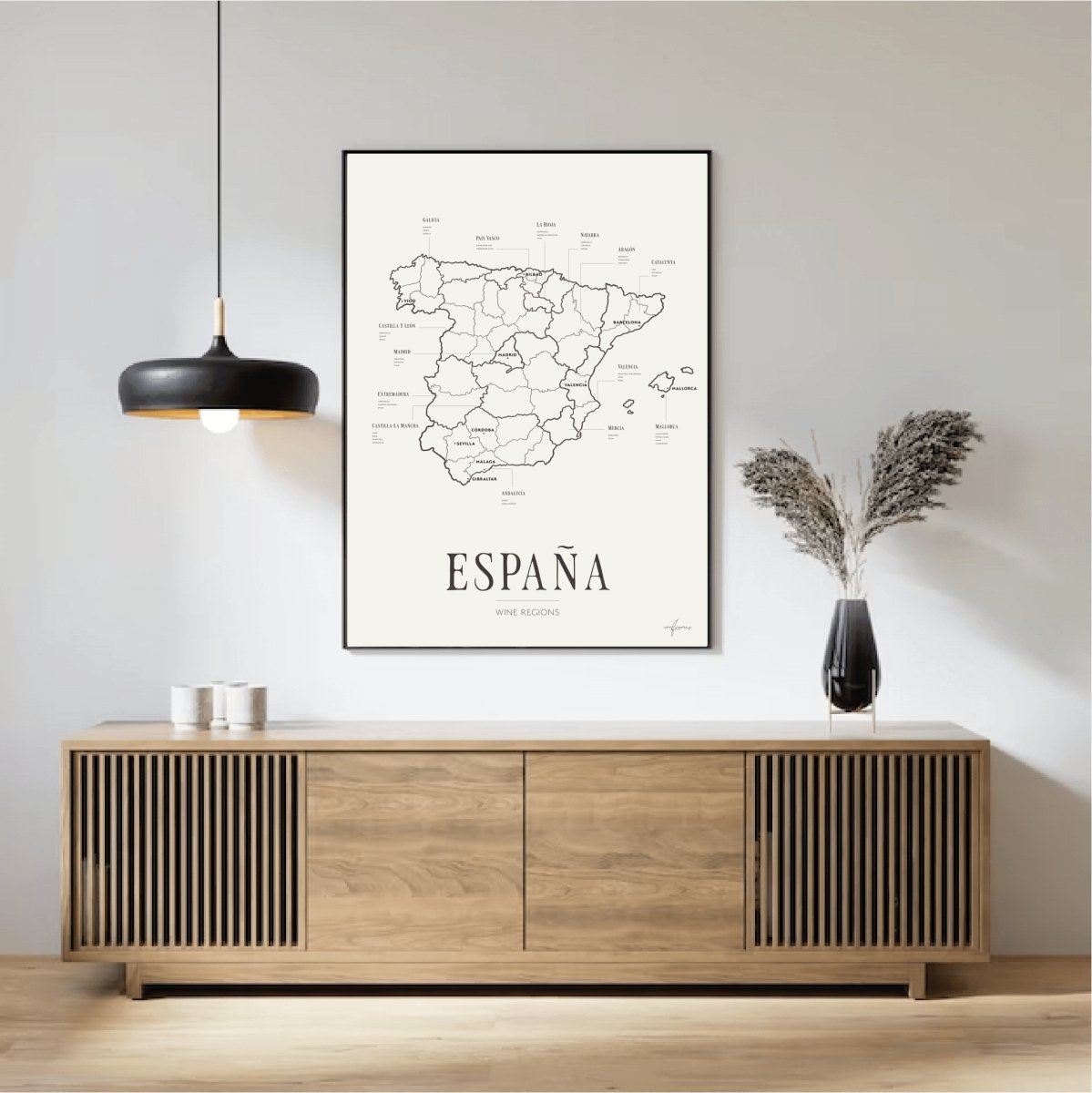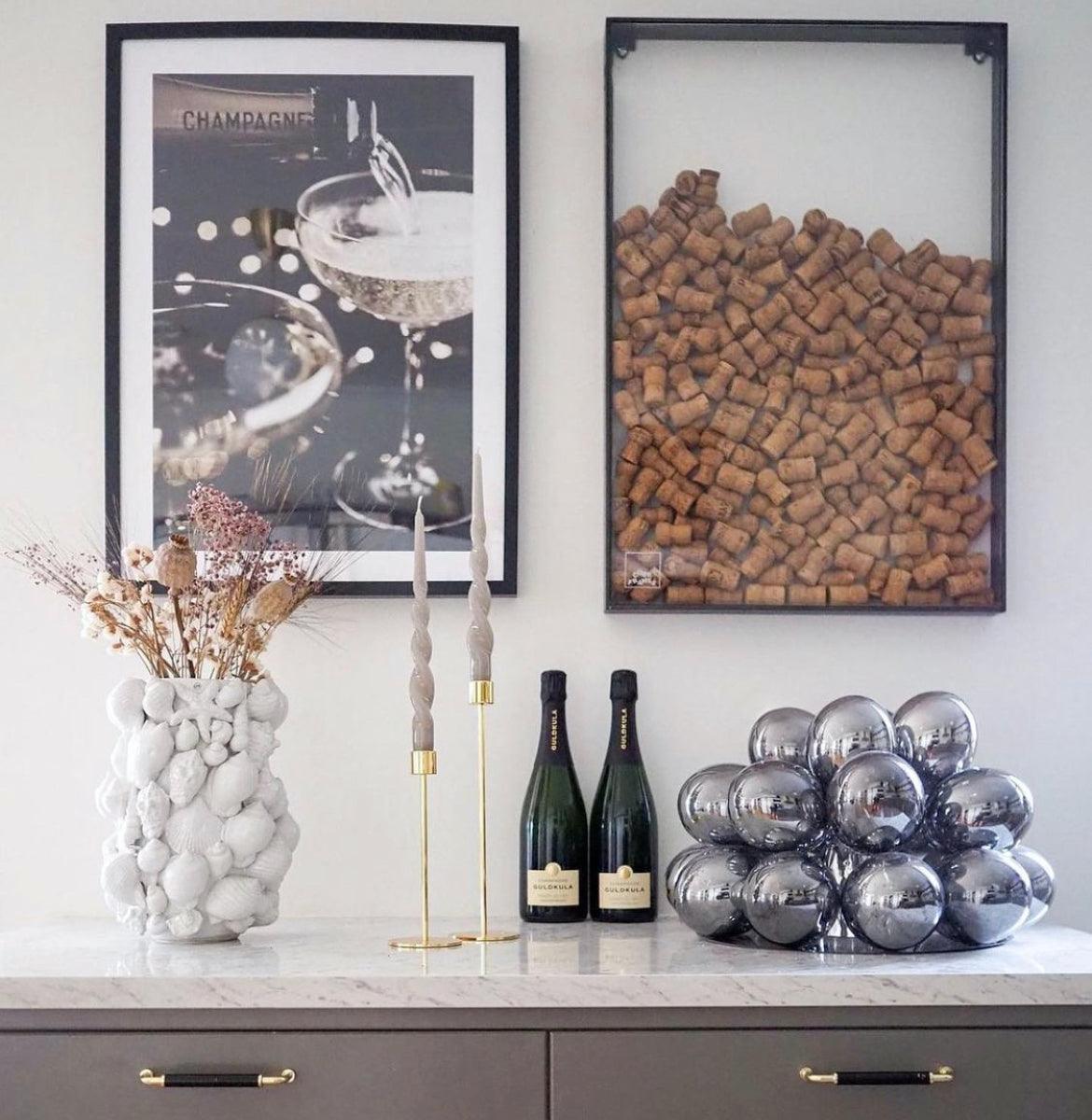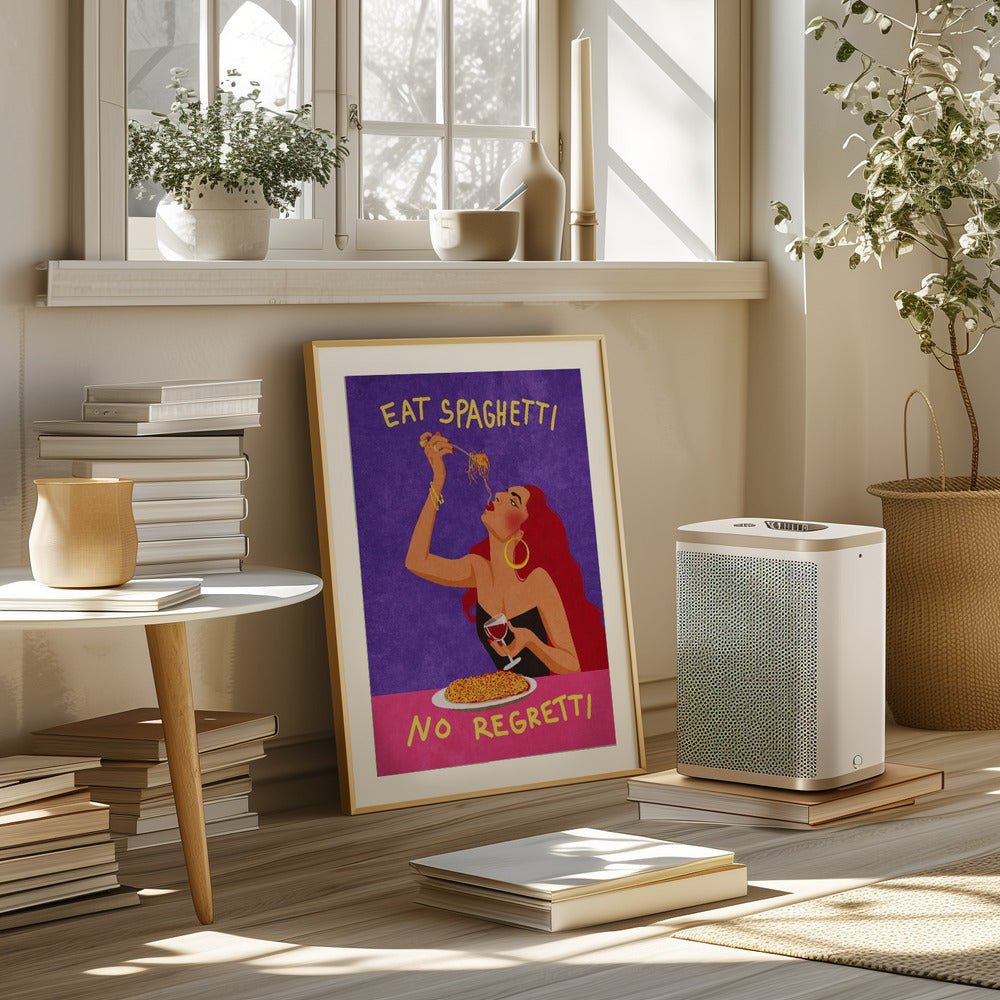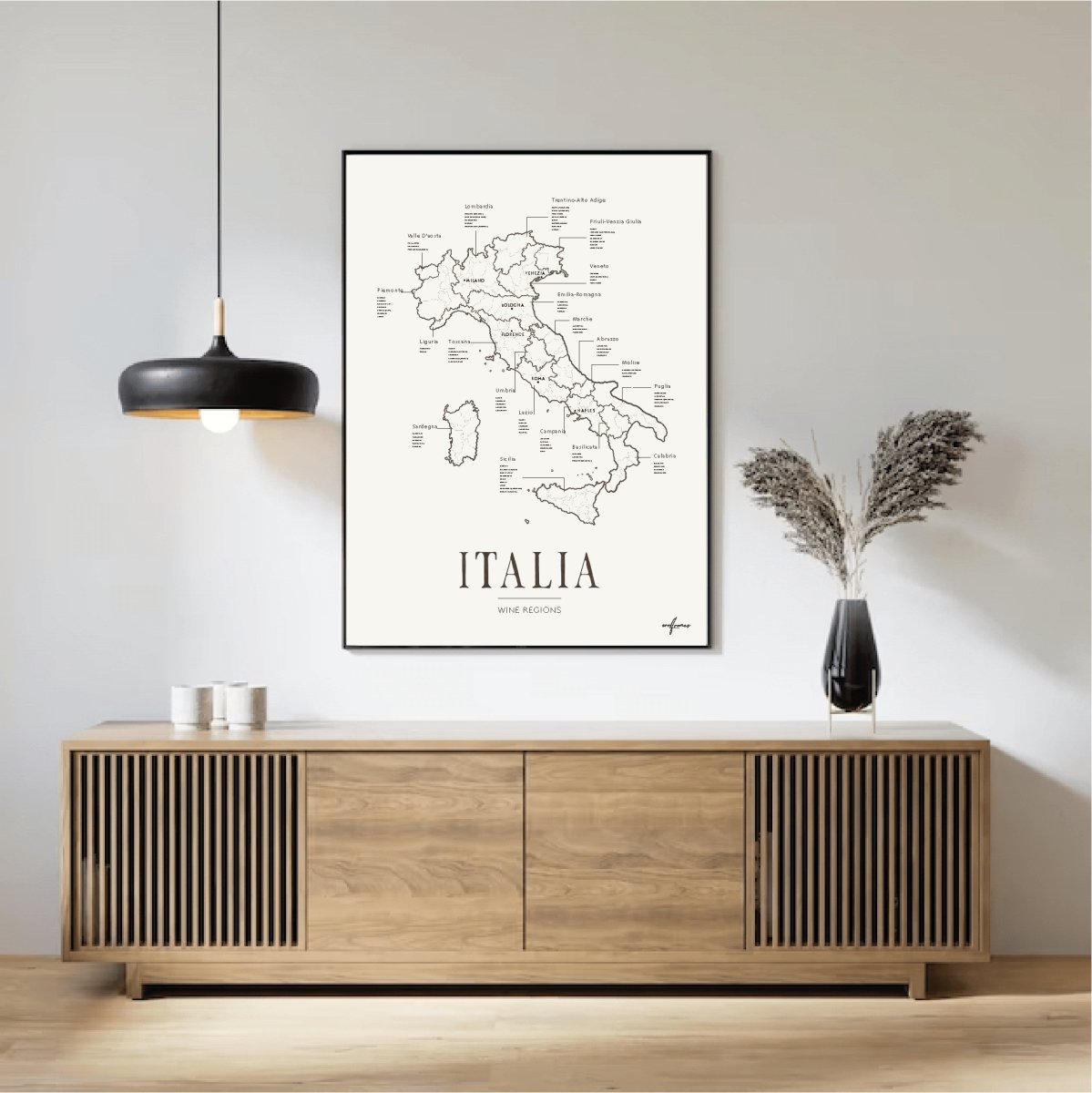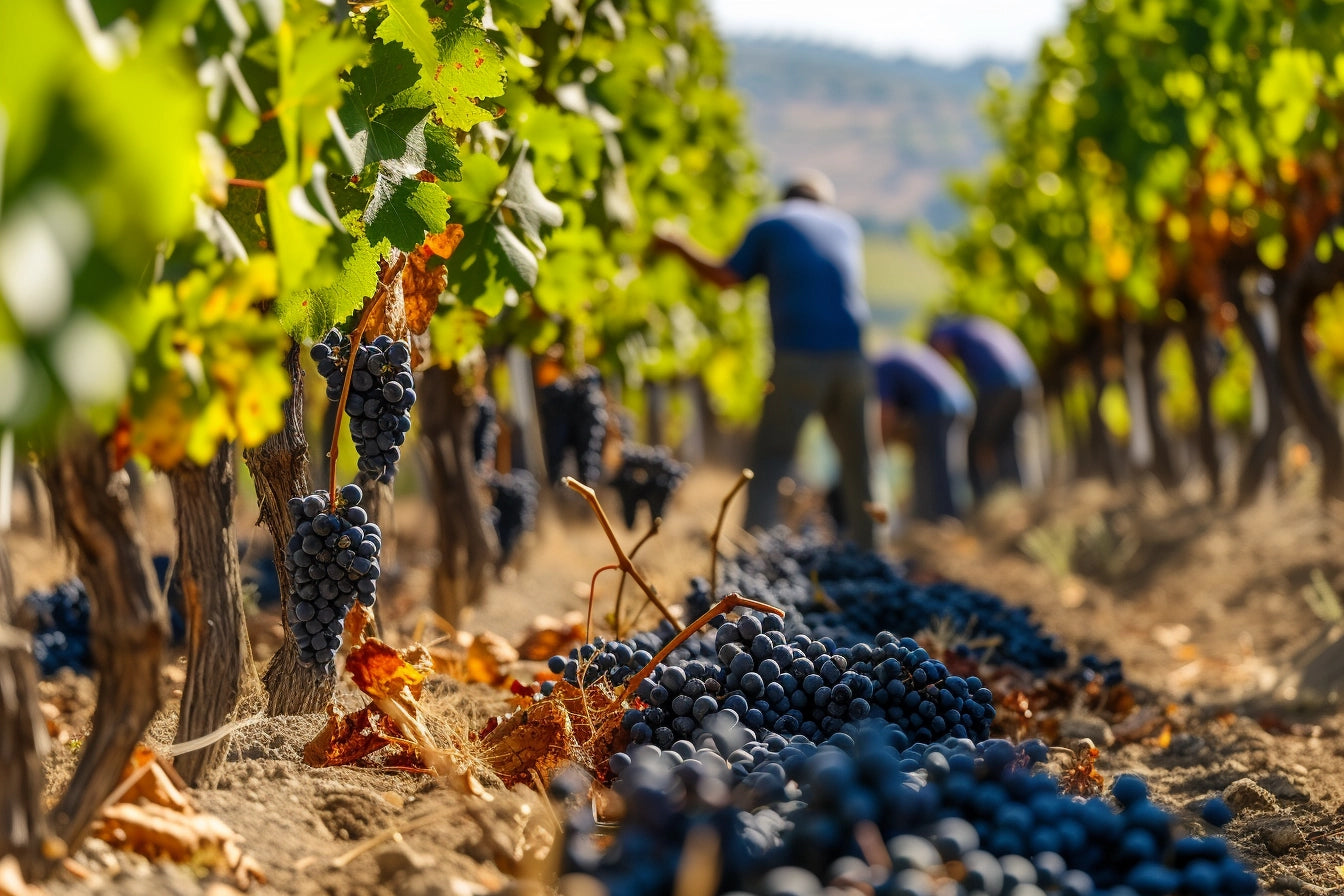Past Wine Trends
-
Parkerization & Powerful Wines (1990s–2000s)
During the 1990s and early 2000s, the so-called "Parkerization" trend dominated, where wines with high alcohol content, deep fruit flavors, and strong oak aging became popular. This was largely influenced by wine critic Robert Parker and his scoring system. California Cabernet Sauvignon and rich Amarone wines were some of the top choices during this period. -
Organic & Biodynamic Wine (2010s)
As sustainability became a key issue, the demand for organic and biodynamic wines increased. Consumers became more aware of how their wine was produced, leading winemakers to reduce additives and focus on natural farming methods. France, Italy, and Spain have been pioneers in this movement. -
Orange Wine & Natural Wine (Mid-2010s and Onward)
Natural wines and orange wines (white wines fermented with skin contact) gained popularity in the mid-2010s, particularly in trendy wine bars in major cities. These wines often have a rustic, unfiltered character due to spontaneous fermentation. Georgia, Slovenia, and parts of Italy have been at the forefront of this category. -
The Rosé Boom (2010s–2020s)
Rosé wine, especially from Provence, became a massive trend, often linked to lifestyle and social media culture. Light, fresh, and pale rosé wines became a go-to choice for many during the summer months.
Future Wine Trends (2025 and Beyond)
-
Lower Alcohol & Non-Alcoholic Wines
The health-conscious trend is influencing the wine industry, with increasing interest in lower-alcohol wines and completely non-alcoholic alternatives. More high-quality alcohol-free wines are emerging that taste refined rather than resembling simple grape juice. -
Climate-Conscious Wines & Regenerative Viticulture
Winemakers are adapting to climate change by using more resilient grape varieties and implementing regenerative farming techniques. Cooler-climate wine regions such as England and Sweden are gaining popularity. -
Unexpected Wine Regions on the Rise
Consumers are becoming more curious about wines from lesser-known regions. Countries like Poland, the Czech Republic, and Canada are attracting more attention. Greece, Georgia, and Portugal continue to grow in popularity as well. -
Technology’s Role in the Wine Industry
AI and digitalization are shaping the wine world, from predictive analytics in viticulture to personalized wine recommendations based on consumer data. Smart wine cellars and apps for managing wine collections are also becoming more common. -
Champagne & Sparkling Wines Remain Strong
Sparkling wines, particularly Champagne and premium Cava, continue to be in high demand—not just for celebrations but as everyday drinks. "Everyday bubbles" is becoming a concept, and more consumers are discovering small Champagne producers and other sparkling wine regions. -
The Comeback of Classic Wine Styles
Despite new trends, there is a renewed appreciation for classic and elegant wines such as Bordeaux, Burgundy, and Barolo. Consumers are seeking wines with aging potential and more traditional expressions.
The wine world is constantly evolving, with sustainability, health-conscious choices, and curiosity about emerging wine regions shaping the industry's future. At the same time, classic wines and sparkling varieties remain beloved by many.
